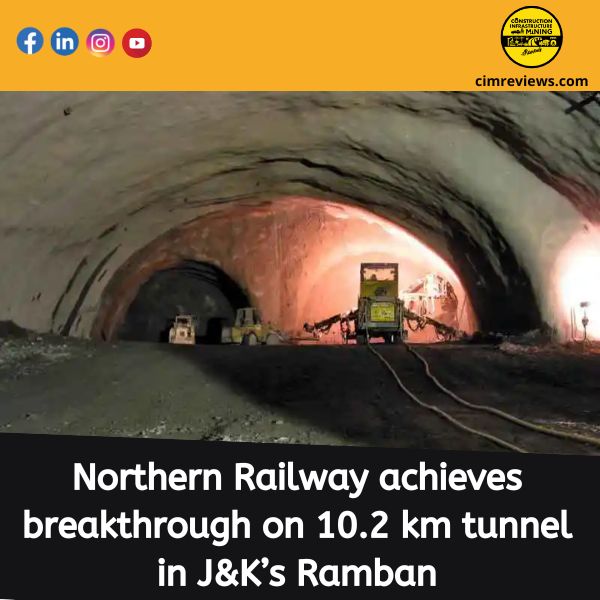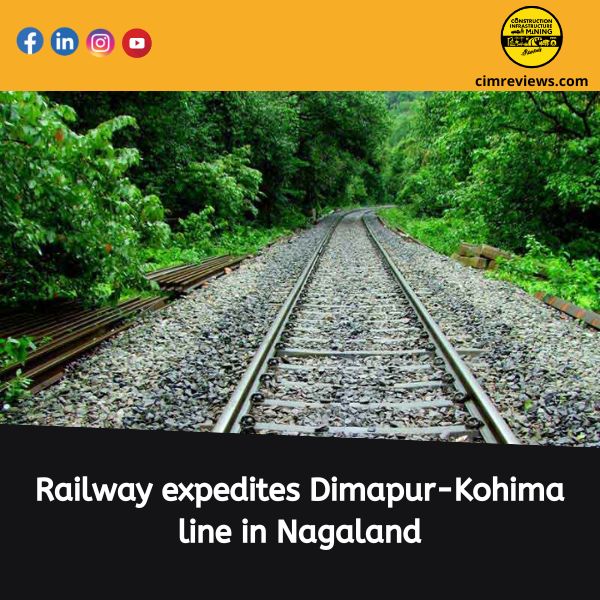Brijesh Ashokbhai Wala, engineer, National Highway and Infrastructure Development Co., Ltd. (NHIDCL), introduced the unpredictable and challenges of underground construction, through case studies of projects built or planned in the complex geological terrain of the Himalayas, and some mitigation measures And preventive measures to prevent accidents.
The mountain zone formed by the collision between the continent and the continent represents the most important and unique geological feature of the earth’s surface. Some of the best examples of continent-continent collisions that lead to mountain building are the Rocky Mountains and Appalachian Belts in North America, the Andes in South America, the Ural Mountains in central Eurasia, the Alps in Europe, and Asia.
The Himalayas. The youngest and most impressive of all such collision zones is the Himalayas. The Himalayas are the product of the collision between the Indian plate and the Eurasian plate. It is a living example of the collisional mountain belt.
The orogenic process is still active, forming the highest mountains and plateaus in the world. The Himalayas stretches over 2,500 kilometers from northwest to northeast, with a width of 230 to 330 kilometers. The Himalayan terrain from south to north has been divided into sub-parallel structural stratigraphic subdivisions, as follows:
Sub-Himalayan or Out-Himalayan
Lower Himalayas or Little Himalayas
High Himalayas or Greater Himalayas
Cross the Himalayas or the Tibetan Himalayas.
The interface between these subdivisions is the thrust of regional dimensions and different tectonic activities. Each subdivision has a characteristic stratum, which is not easy to correct with the adjacent zone. From south to north, the boundary faults are as follows:
Main forward thrust (MFT): between the India-Ganges alluvial plane and the outer Himalayas.
Main Boundary Thrust (MBT): Between the Outer Himalayas and the Little Himalayas.
Main Central Thrust (MCT): Between the Little Himalayas and the Great Himalayas.
Southern Tibet Detachment System (STD): between the Greater Himalayas and Trans-Himalayas.
Along each of these thrusts, displacements of tens to hundreds of kilometers between India and Asia are accommodated, which in turn has a significant impact on landslides. Many destructive landslides are related to movement along these thrusts. . The government plans to build large hydropower projects in mountainous areas to obtain renewable energy from raging rivers.
build road tunnels to connect remote areas to provide 24/7 connections for locals and armed forces; railway tunnels connect the most remote locations with railway lines , So that the once arduous transportation becomes smoother. All these underground structures are planned in the complex geology of the Himalayas near the extremes of the above-mentioned tectonic stratigraphic zone.
News Source : NBM&CW










%20/23%20cimr%204.jpg)
